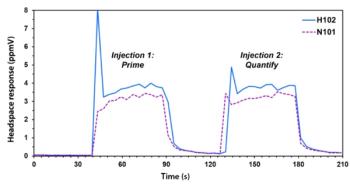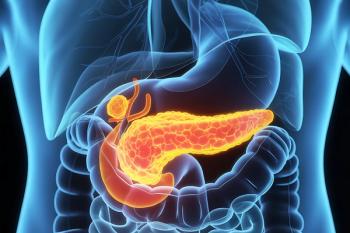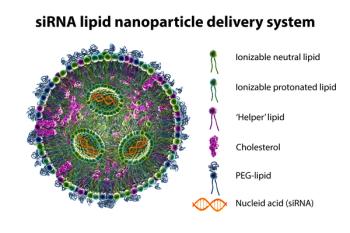
- The Application Notebook-06-01-2011
- Volume 0
- Issue 0
Enantiomeric Separation of Proton Pump Inhibitors Using Polysaccharide-Based Chiral Stationary Phases in Reversed-Phase HPLC Conditions
The chiral analysis and purification of proton pump inhibitors (PPIs) has become a popular topic as more of these drugs fall out of patent protection each year. Due to their wide range of enantiomeric selectivity, a set of polysaccharide-based chiral stationary phases (CSPs) was screened to identify methods for the successful enantioseparation of four benzimidazoles; rabeprazole, lansoprazole, omeprazole, and pantoprazole.
The chiral analysis and purification of proton pump inhibitors (PPIs) has become a popular topic as more of these drugs fall out of patent protection each year. Due to their wide range of enantiomeric selectivity, a set of polysaccharide-based chiral stationary phases (CSPs) was screened to identify methods for the successful enantioseparation of four benzimidazoles; rabeprazole, lansoprazole, omeprazole, and pantoprazole.
Experimental
A screening protocol was performed on five different polysaccharide-based chiral stationary phases under reversed phase conditions using Lux® 5 μm columns (Table I). To reduce solvent usage, 150 × 4.6 mm columns were used for the initial screen. Once the best chiral stationary phase was identified for each sample, the mobile phase conditions were further optimized on 250 mm length columns of the same particle size and diameter to get increased resolution. Additional optimization of the chromatographic conditions with respect to retention, enantioseparation, and resolution was achieved by variation of the mobile phase constituents at room temperature.
Table I: Lux® chiral stationary phases
Results and Conclusions
The HPLC analysis of the four benzimidazoles allows for fast and accurate identification of their enantiomers. We have shown analytical techniques in reversed phase conditions conducive to MS detection for each. Preparative techniques can be explored using these analytical techniques by first optimizing mobile phase conditions for best resolution and selectivity followed by loading tests.
Figure 1: Figures 1a through 1d show the racemic mixtures of lansoprazole, omeprazole, rabeprazole, and pantoprazole. In Figure 1a, the single enantiomer, dexlansoprazole, is labeled as peak 2. In Figure 1b, the single enantiomer, esomeprazole, is labeled as peak 1.
Phenomenex, Inc.
411 Madrid Avenue, Torrance, CA 90501
tel. (310) 212-0555, fax (310)328-7768
Website:
Articles in this issue
over 14 years ago
Hydroxyethylstarches (HES)over 14 years ago
Aggregated Singletons for Automated Purification WorkflowNewsletter
Join the global community of analytical scientists who trust LCGC for insights on the latest techniques, trends, and expert solutions in chromatography.





